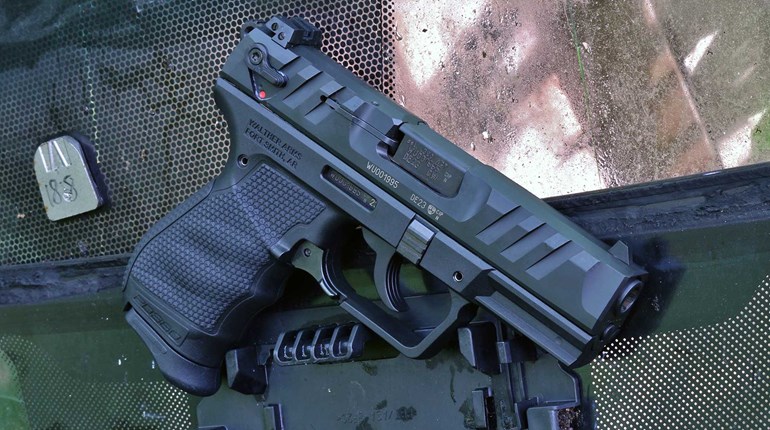
One of America’s first handguns designed for self-contained ammunition got off to a rough start. Initially, Smith & Wesson (engraved example) in Norwich, Conn., offered .31-caliber lever-action pistols that fired a hollow bullet, filled with primer and propellant all inside the projectile. But in 1855, S&W dropped out, to be replaced by the Volcanic Repeating Arms Company of New Haven, Conn. The longer Volcanic guns fired a slightly larger .41-caliber projectile, while their smaller counterparts were chambered for the same .31-caliber rounds used in the earlier S&W product line.
A common problem inherent to both Smith & Wesson and Volcanic lever guns was that there was no provision for extraction. If a projectile loaded into any of these arms failed to fire, the “dud” had to be forced out of the chamber and out through a small frame opening. Despite this handicap, these pistols were the forerunners of the American Civil War-era Henry rifle and the later Winchester line of lever-action repeating arms still in production today.
The NRA National Firearms Museum at NRA Headquarters in Fairfax, Va.; the NRA National Sporting Arms Museum at Bass Pro Shops in Springfield, Mo.; and the Frank Brownell Museum of the Southwest at the NRA Whittington Center in Raton, N.M.; each have fine selections of historic arms on display. Admission to each is free, and donations are gratefully accepted. For more information, visit www.nramuseum.com, phone (703) 267-1600 or email [email protected].






























